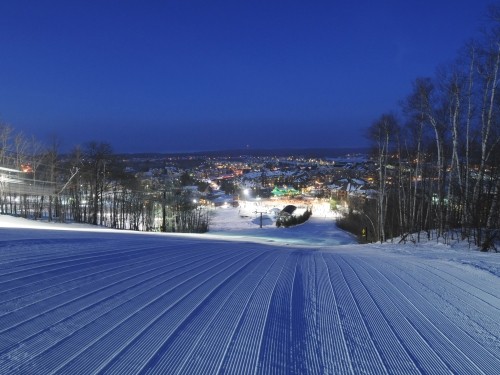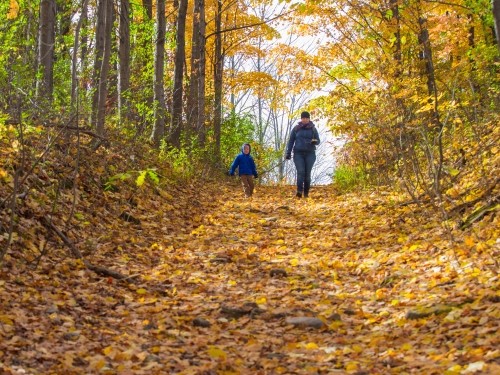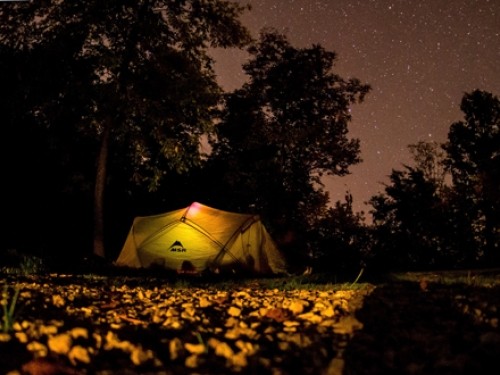The Science Behind the Changing Colours of Leaves.
Grey County is the place to be this fall. And you know why? The colours. Hiking in the Beaver Valley during the splendour of autumn can’t be beat; oranges, reds, purples, yellows dominate the trail and the canopy. Vistas from high on the escarpment are absolutely stunning.
But have you ever wondered why leaves take on these vibrant hues?
If you remember anything from grade 10 biology (it’s okay, we skipped those classes too), the whole point of a leaf is photosynthesis: the process trees use to convert sunlight into energy. And the main instigator of this process is chlorophyll. It’s one of many components of leaves, but in the summer months there is so much of it, that we can’t see any other colours. And, in case you didn’t guess it already, chlorophyll is green. Production of chlorophyll lessens mid-summer, as the days get shorter and the nights get cooler. The tree begins to export nitrogen out of the leaves into the branches as it prepares for fall. The development of fall’s colour is almost the last step as the tree gets ready to hibernate.
As the days get shorter still, a chemical called auxin triggers growth in the abscission layer of the leaves. This growth cuts off the circulation of water, nutrients and sugar to the leaves, causing chlorophyll to disintegrate rapidly, and the leaves to eventually die and fall to the ground.
In trees like poplars and birches, the disappearing chlorophyll lets the carotenoid component of the leaves shine through. Carotenoids are yellow. In trees like maples, sumacs and oaks, as the leaf continues to produce carbohydrates, another process takes place converting those carbohydrates into anthocyanin. Anthocyanin is red.
As all things in nature there are hundreds of variables; precipitation, temperature, soil and genetics all play a part in what colour the leaf becomes before falling off the tree. Early frosts will kill leaves, turning them brown. Cloudy weather doesn’t encourage carbohydrate production so red colours won’t be as vibrant, while a sunny, cool fall will.
No matter the science behind it, there’s nothing that beats a fall hike in the Grey County; the colours are truly incredible. And now you know why (even though you skipped Biology 101).



